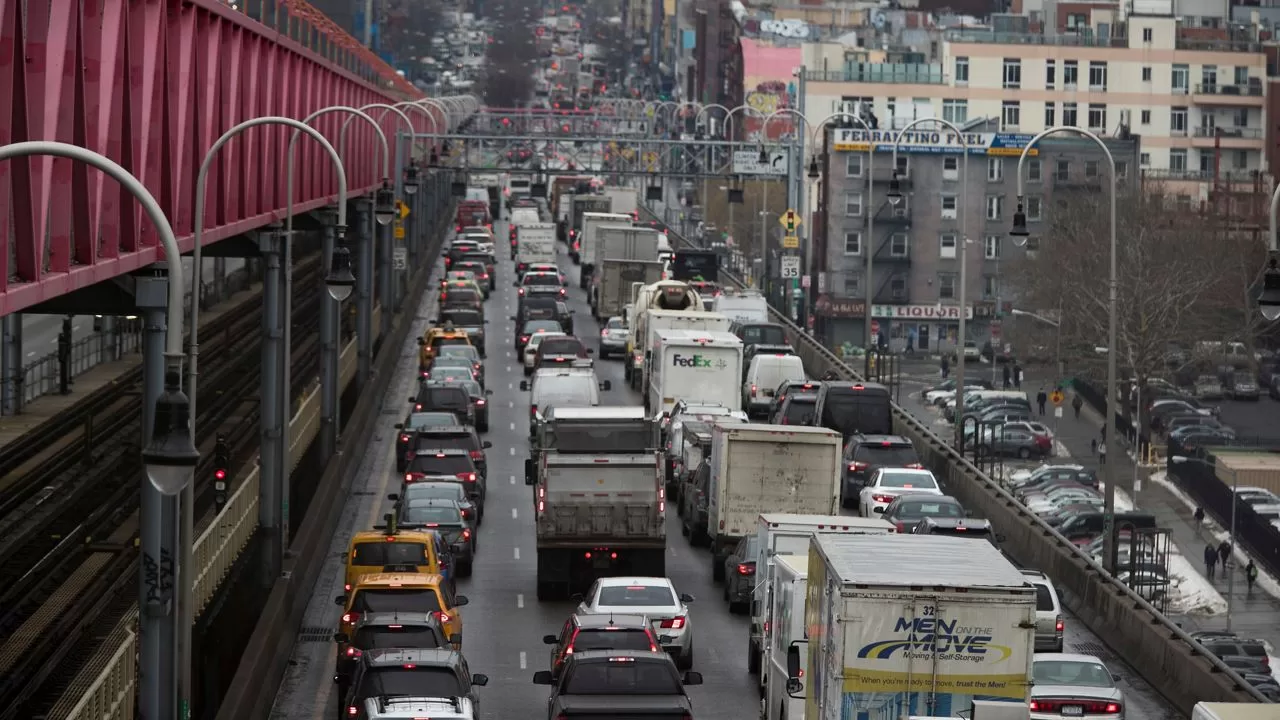HOW WILL THE FED’S LATEST MOVE AFFECT BORROWERS?
Credit card rates are at or near their all-time high, and mortgage rates have more than doubled in two years.
“Nobody should expect them to stop going up anytime soon,” said Matt Schulz, head of credit research at LendingTree, an online lending marketplace. “Perhaps scariest of all for people with credit card debt is that interest rates are actually rising faster than the Fed is forcing them to.”
Currently, the average Annual Percentage Rate (APR) on a credit card that charges interest is 22.16%, according to the latest Fed data. That’s about 6 percentage points above the average rate in the first quarter of 2022. The average APR on a new credit card is 24.24%, the highest rate since LendingTree began tracking it in 2019.
Whenever possible, Schulz recommends that cardholders consider asking their issuers to lower their APR. LendingTree recently found that most cardholders who asked their card issuers for a lower rate got it. The average reduction was significant: 6 percentage points.
“It’s worth taking the time to make that call,” Schulz said.
_____
I NEED TO BUY A CAR. WHAT IS THE LANDSCAPE OF AUTOMOTIVE CREDITS?
Many people were already having trouble buying new cars before the Fed raised the benchmark rate by a quarter point on Wednesday. The median price paid for a new vehicle last month was nearly $48,000, about 25% above the pre-COVID-19 pandemic average. Used car prices have risen even higher: the average used car is worth nearly $30,000, a painful 45% above its pre-pandemic price.
In some cases, even people with good credit are turned down for auto loans. The problem for them is that, with the substantial rise in vehicle prices, the added burden of higher loan rates—from 4.5% on average in March 2022 to 7.2% in June—has made that the amount of the monthly payments is unpayable.
“I think people just can’t qualify for the payments,” says Jessica Caldwell, chief information officer for Edmunds.com, an automotive information website.
The average monthly auto loan payment last month, he added, was $736. Over the time an average loan is repaid—just under six years—a typical borrower pays nearly $9,000 in interest.
David Kelleher, owner of David Dodge-Chrysler-Jeep-Ram in Glen Mills, Pa., said he’s seen loan rejections rise even in his prosperous Philadelphia suburb, though not as much as nationally. The higher amounts of loans borrowers are now financing, coupled with a small increase in delinquencies, have made lenders more cautious.
“I think that’s probably making them tighten the reins a little bit,” he said.
Kelleher said he expects the Fed to stop raising rates after this week as car prices, a key component of inflation, have started to decline. Prices have skyrocketed in 2021, driven by strong demand as the economy emerged from a pandemic recession and supply chain problems caused severe shortages of vehicles for sale.
“These interest rates,” Kelleher stressed, “are really starting to hurt us.”
Martin Schwartz, founder and CEO of Vehicles for Change, a nonprofit organization that helps low-income families get cars, said vehicle applications from people who don’t qualify for loans have increased by the last year. He attributes the increase, in part, to higher interest rates.
“The impact on families living in poverty is exponential,” Schwartz said. “Even if they can afford a car at the retail price used cars are selling for, the interest rates are going to kill them. If they can afford the car and buckle down to make the interest rate payments, the repairs are going to kill them. The combination of all those things means that we are getting more and more applications from all over the country.”
Edmunds.com’s Caldwell said he doesn’t think the Fed’s latest benchmark rate hike — to its highest level in 22 years — will significantly affect current auto loan rates. At a time when factories are churning out more cars and vehicle availability is improving, she envisions automakers spending more to subsidize loan rates to help boost sales.
Despite the rising cost burden, car sales have remained relatively strong, as prices have fallen slightly and vehicle supply has increased: for the past two months, sales have reached an annual rate of 15 million.
_____
WHAT AWAITS SAVERS?
That’s where the good news is: Yields on savings accounts and certificates of deposit (CDs) have reached their highest levels in a decade, said Ken Tumin, banking expert and founder of DepositAccounts.com, a website comparison of bank accounts. The average return on online savings accounts is 4.08%, up from 3.31% at the start of the year, according to DepositAccounts.com.
And in certificates of deposit the returns are even juicier. The average online yield on one-year CDs is now 4.89%, compared to 4.37% on January 1 and a paltry 1.90% a year ago. The average online yield on the five-year CDs is 3.93%, down from 4.04% on January 1 but up from 2.89% a year ago.
That said, those higher yields might not last if price pressures across the economy ease further.
“If we continue to get good inflation news in the coming months,” Tumin said, “long-term CD rates are expected to move lower.”
_____
WHAT ABOUT MORTGAGES?
If the economy cools, Jacob Channel, a senior economist at LendingTree, predicts that mortgage rates will end the year closer to 6% than 7%. The current national average for a 30-year fixed-rate mortgage, according to government-sponsored mortgage specialist Freddie Mac, is 6.78%.
Rates have fluctuated wildly this year. The 30-year average fixed rate, which had topped 7% in October, fell to just over 6% in February before rising again to 6.96% in mid-July. Immediately after the better-than-expected inflation data for June was announced, the average mortgage rate eased a bit again.
“This shows how much mortgage rates can vary from week to week and how difficult it can be to really determine what trend they will follow over the long term,” Channel said. “Mortgage rates are likely to continue to fluctuate given the uncertainty that permeates the current economy.”
_____
IS THE FED SUCCESSFUL IN DEFEATING INFLATION?
The Fed has clearly made progress. Inflation, which peaked above 9% last year, was just 3% in June compared to a year earlier. That’s thanks, in part, to declining prices for gas, airfare, used cars and groceries.
Even so, current inflation levels are still above the Fed’s 2% target. The result is that many households are still being pressured by higher prices and finding it difficult to meet their basic needs. Bringing inflation down to the level the Federal Reserve wants will take more time.
And that means commercial and consumer lending rates are likely to stay high well into 2024.
_____
Krisher contributed from Detroit.
_____
The Associated Press receives support from the Charles Schwab Foundation to produce educational and explanatory reporting that advances financial literacy. The independent foundation is separate from Charles Schwab and Co. Inc. The AP is solely responsible for its journalism.
FOUNTAIN: Associated Press




